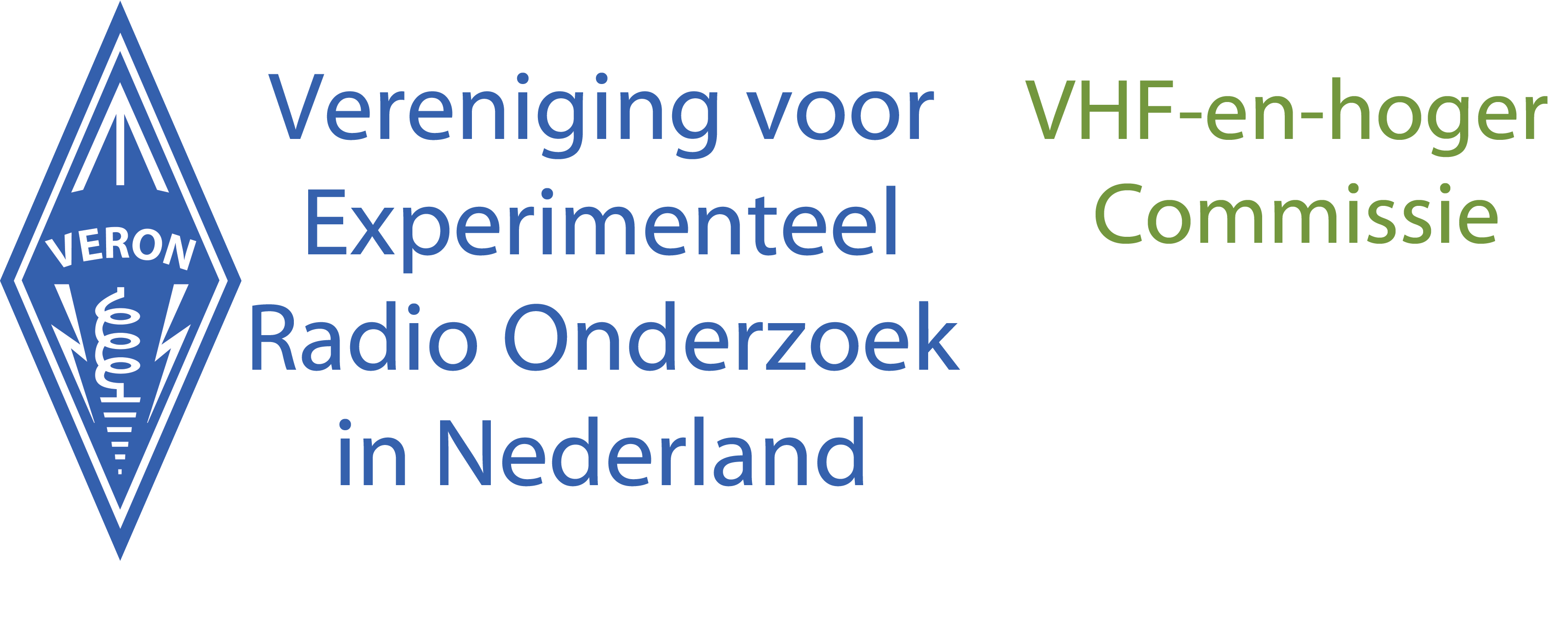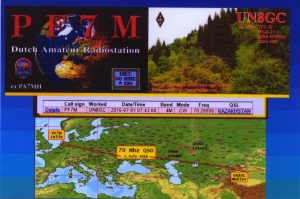ISS Schoolstation verbinding via IK1SLD op zaterdag 6 aug. 15:59 UTC
Op zaterdag 6 augustus is er weer een telebridge verbinding vanuit ISS met astronaut Kate Rubins KG5FYJ met Space Jam 10, Rantoul, Illinois,USA.
Het evenement staat gepland om 15:59 UTC.
Het amateur radio contact is een telebridge verbinding via IK1SLD, in Casale Monferrato, Italy.
Het signaal van ISS moet boven geheel Europa te ontvangen zijn. Er is dit keer geen video vanuit gepland, maar het grondstation IK1SLD verzorgt wel een live video stream van de aktiviteiten via de BATC server. Wie geinteresseerd is kan de aktiviteit in het grondstation volgen via http://www.batc.tv/iss/
De BATC Multiviewer toont 6 schermen waarvan er een van het station IK1SLD komt. Dit scherm is uit te vergroten tot een volledig beeld.
hieronder staat informatie over de school en de vragen die de kinderen gaan stellen.
73’s Bertus.
PE1KEH
ARISS schoolstation mentor.
———————————————————————————-
Presentation:
Greetings from the participants and volunteers of Space Jam 10 in Rantoul, Illinois. Though primarily a weekend Scouting and STEM education event, we are open to all interested youth. Boy Scouts and Girl Scouts from 27 states have come together in an educational and fun format to learn life skills that will prepare them for the increasingly complex future.
We are adding Art to STEM this year making STEAM. While it is well known that Scouting teaches pioneering skills like camping and wilderness survival, the new pioneers and wilderness are in outer space and we are working hard at 44 technology oriented Merit Badges and activities, plus some fun things like the Duct Tape Merit Badge.
Talking to the astronauts on the ISS is an unforgettable part of the experience at Space Jam and that’s next on our list. We will not know for many years whether one of these youths becomes an astronaut themselves but it is certain that they are all part of tomorrow’s leaders.
Participants will ask as many of the following questions as time allows:
1. How do you train to sleep in space?
2. What type of engine propulsion will we use to go to Mars?
3. Could we drop containers to the Mars surface but leave the engine in orbit?
4. Would a steam powered train whistle work in space?
5. How long did you train for this mission?
6. Could cables be stretched to an EARTH orbiting station & used as tracks to reach orbit?
7. Could cables be stretched to a MARS orbiting station & used as tracks to reach orbit?
8. If a ship left Mars, traveling 17,500 mph, what is the shortest time it could take to reach Earth?
9. What activity do you look forward to the most when you wake up on the ISS?
10. Will you be training for future missions?
11. What is your favorite food on the space station?
12. How many bits of space junk does NASA track & how can we reduce the problem?
13. Are there earth-bound disabilities that might be irrelevant in space weightlessness?
14. Is there art on the walls of the ISS or do you see examples of the Arts in space?
15. If we found cave art on Mars what do you imagine it would depict?
16. Are there any musical instruments on the ISS?
17. Every discipline can be an art; from the people who sew the stitches on a space suit to a computer programmer, aren’t we all artists when we do our best?
18. The theme for SJ 10 is the Arts; should STEM education be changed to STEAM?
19. What music do you listen to on the ISS?
20. What is your favorite form of art?
21. How is the espresso machine working?
22. What fresh foods do you most look forward to on delivery day?
23. When will we first set foot on Mars?
24. When will we go back to the Moon?

